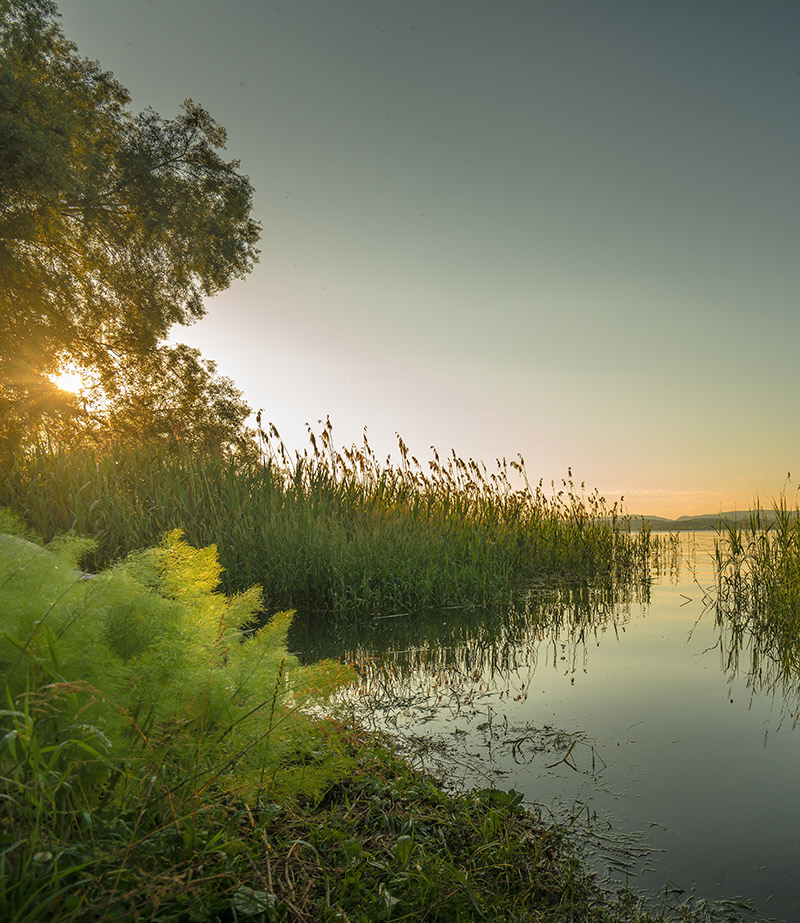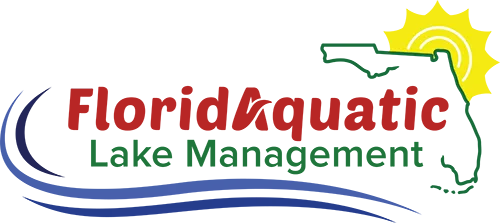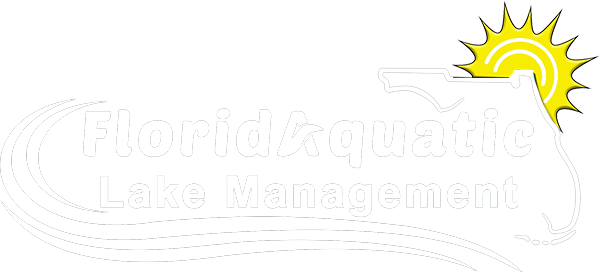Grass, Brush & Weed Control
Littoral (Buffer) Zones – The Shoreline Edge Grass and Weed Control
Buffer zones (littoral zones) are often an overlooked aspect of pond management and the function of the buffer is significant to the overall health of the pond.
When rainwater drains through parking lots, streets, and then grassy areas, the water will have accumulated a significant amount of nutrients that will lead to pond algae blooms.
Without a buffer the water will continue to flow across the grass unimpeded and nutrients will only be filtered by the grass before it reaches the pond. Established tall grasses will do the most effective job of filtering nutrients because they have a strong root system and can sequester nutrients quickly.

Studies have shown that buffers will be most effective at removing nutrients beginning at 3 feet wide and even wider buffers will do a better job at filtering nutrients. A beneficial vegetative buffer should be maintained at 3 feet tall and an annual cutting is recommended to maintain the aesthetic appeal of the pond. If the vegetation is cut too short, it could result in increased nutrient loading in the water that will increase the chances of a future algae bloom in your pond.
A buffer zone can also help prevent shoreline erosion in addition to naturally filtering runoff. Shoreline plants help to stabilize the soil and prevent large amounts of sediment from entering the pond. Excessive runoff of sediment can greatly reduce the waterbody’s depth over time, leading to significant problems that can only be corrected through costly dredging.
The type, size, and location of the vegetation growing in your buffer zone directly impacts the overall health of your pond or lake. The amount and distribution of the woody vegetation along the shoreline should be considered. Woody vegetation can destabilize banks, dry out the soil, and add large amounts of unwanted nutrients to your waterbody, which can lead to the growth of unwanted aquatic plants. Woody vegetation can be very difficult to control because of their hardy nature and should be managed and removed.
Properly maintained buffer zones can go a long way in helping to prevent problems for your pond. Establishing these buffer zones around the edge of your pond takes very little effort, requires little maintenance, will likely reduce the costs associated with mowing and trimming along the edge of the pond on a weekly basis in the warmer months, and will produce significant beneficial results for your pond.
Noxious Weed Control
Ponds are often built to supplement farm income via fish production, for personal enjoyment, or for stormwater management. Soon after the pond is constructed, unforeseen problems often arise. One major problem that occurs is that the pond becomes clogged with aquatic plants. The level at which an aquatic plant becomes a weed problem depends on the pond’s intended use.
A farm pond used primarily for weekend fishing can tolerate considerably more vegetation than a pond constructed specifically for fish production and/or irrigation. Shoreline grasses can help stabilize and prevent bank erosion, but out of control grasses may encroach into the water, where they restrict access and usability.
Prevention is the best technique for reducing takeover by aquatic weeds. It is easier and more economical to prevent weed problems than it is to cure them.
Proper care can help minimize erosion and nutrient enrichment from the runoff of silt and inorganic and organic fertilizers that decrease the lifespan of the pond and limit its usefulness. Whether you fertilize your pond for fish production or avoid intentional nutrient enrichment; septic tanks, gardens, roadways, or other sources of runoff from parking lots and roadways may contribute heavy metals, oils, and pesticide contaminants.
There are many ways to care for a lake or pond and depending on your circumstances, controlling noxious weeds is best determined by talking to one of our lake and waterway management technicians and allowing them to inspect and advise on your best course of action. Some cases, adding certain fish to your pond, lake, or waterway may be ideal while in other situations harvesting the weeds mechanically or spraying them with herbicides may be best. No matter the problem, there are solutions that will solve the issue and ensure your long-term goals and beauty of your waterway, lake, or pond system.

